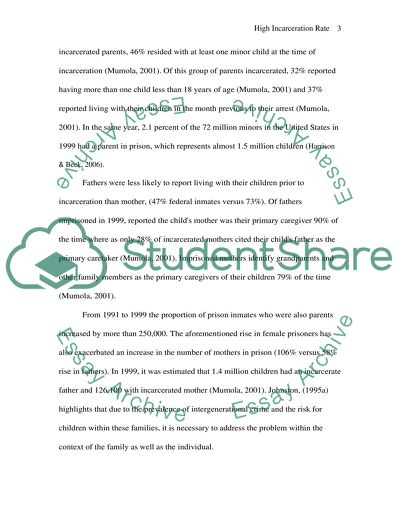Cite this document
(“Consequences of high incarceration rate Term Paper”, n.d.)
Consequences of high incarceration rate Term Paper. Retrieved from https://studentshare.org/law/1437173-consequences-of-high-incarceration-rate
Consequences of high incarceration rate Term Paper. Retrieved from https://studentshare.org/law/1437173-consequences-of-high-incarceration-rate
(Consequences of High Incarceration Rate Term Paper)
Consequences of High Incarceration Rate Term Paper. https://studentshare.org/law/1437173-consequences-of-high-incarceration-rate.
Consequences of High Incarceration Rate Term Paper. https://studentshare.org/law/1437173-consequences-of-high-incarceration-rate.
“Consequences of High Incarceration Rate Term Paper”, n.d. https://studentshare.org/law/1437173-consequences-of-high-incarceration-rate.


